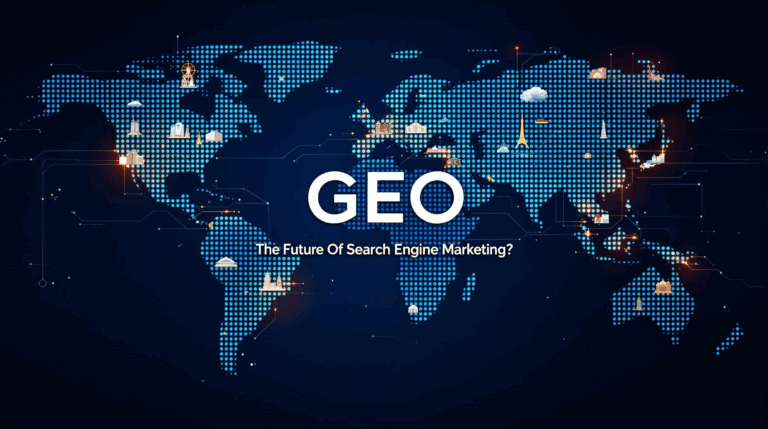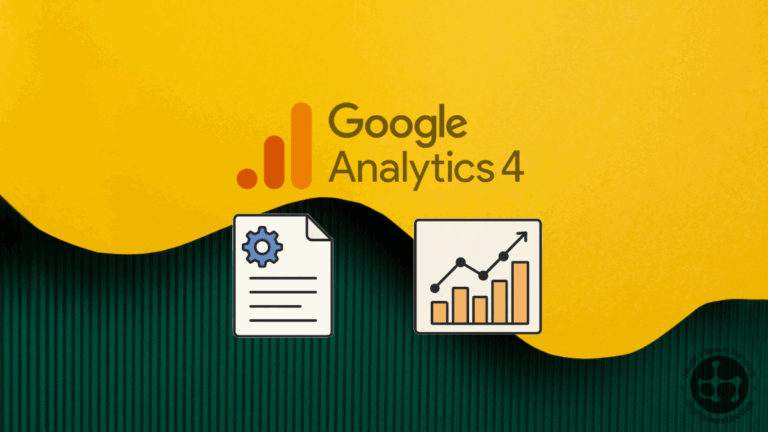What is not to love about an enthusiastic and commited entrepreneur who has decided to take on Google or Facebook or Apple? After all, without visionairies where would the world be?
Being enthusiastic, being realistic and doing your due dilligence, are not exclusive of each other though, they could work in harmony. So let’s make some sense of this all. Why is innovation so expensive?
1) Innovation is not really innovation
Innovation is an elusive thing in itself. More often than not, the tweaking of a concept is branded as innovation and this is a core mistake. True innovation is rare. Because true innovation is expensive unless you are a genius.
Example A
For example, creating Facebook was innovative. Creating a clone of Facebook that also has a Dislike button is not innovation. It is improving a concept, it is about having more features, perhaps even competitive advantage, but innovation is not.
Example B
When the iPhone was created, it was not brand new as a concept, nor was the look of the phone unique. A few companies had tried similar concepts. However, the way that Apple changed how we use a phone, for what, and how it turned that into modern culture, it was not just innovative but revolutionary.
2) Innovation needs the perfect conditions to be born
A combination of either creative, technical, marketing or business genius is not an everyday event. Hence why we have legendary stories about certain brands and products. Bringing together a team of top experts can be challenging even for the largest organisations in the world.
3) Innovation can be impractical
In the course of the world, only a fraction of ideas has ever been realised. The ones that were disregarded will not fill the history books but can always claim a win in numbers. Fantastic solutions to existing world problems have been discovered only to quickly be shelved.
Conclusion
Do not confuse building a competitive advantage with having a business that innovates. Innovation requires a large investment of time and effort to come about, and sometimes an even larger investment to market. That is especially the case for products and services.










